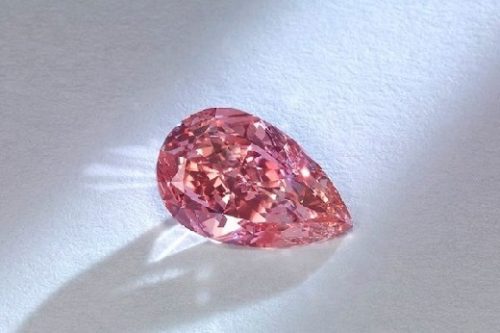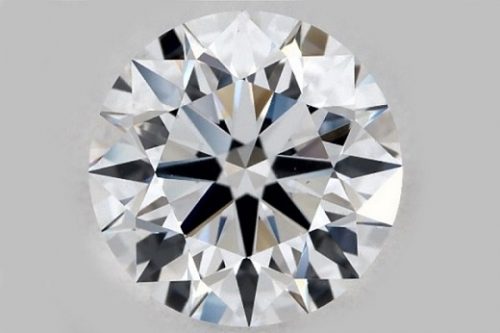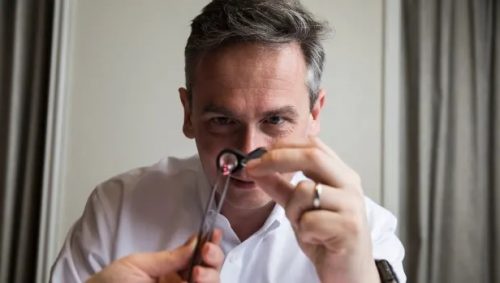
Pink Diamond Prices Firm in 1Q
Pink fancy-color diamonds outperformed other major color categories in price terms during the first quarter, the Fancy Color Research Foundation (FCRF) said.
“At a time of diamond-market uncertainty, fueled by growing white-diamond inventory and the emergence of lab-grown diamonds, most categories of fancy-color diamonds are showing continued pricing stability, with the pink segment posting slight price increases,” said Oren Schneider, an FCRF advisory board member.
Prices for pinks grew 0.5% quarter on quarter for the three months ending March 31, according to the FCRF, which released its quarterly Fancy Color Diamond Index (FCDI) last week. By contrast, overall prices of blue fancy-color diamonds, which previously held the top spot, declined 0.2% compared to the previous quarter. Yellows slipped 1.5%, causing the overall index for fancy-color diamonds to fall 0.2%.
“The color-diamond market as a whole is in a slowdown, following the hyper price rises of the past years,” added Alan Bronstein, president of the Natural Color Diamond Association. “Demand always goes through cycles where values rise and fall.”
Diamonds weighing 1 carat showed the best performance in both the fancy-yellow and fancy-intense-blue categories during the quarter, according to the FCRF. The segment was led by the 3- and 5-carat vivid-pink categories, which increased by an average of 3.1%.
In February, the FCRF predicted a rise in the price of yellow diamonds for 2019, as Dominion Diamond Mines’ Ekati deposit — one of the main suppliers of those stones — transitions from open-pit to underground mining. The group cautioned there would be a shortage of supply during the transition phase.
The Fancy Color Diamond Index tracks prices of yellow, pink and blue fancy-color diamonds in Hong Kong, New York and Tel Aviv.
Source: Diamonds.net



